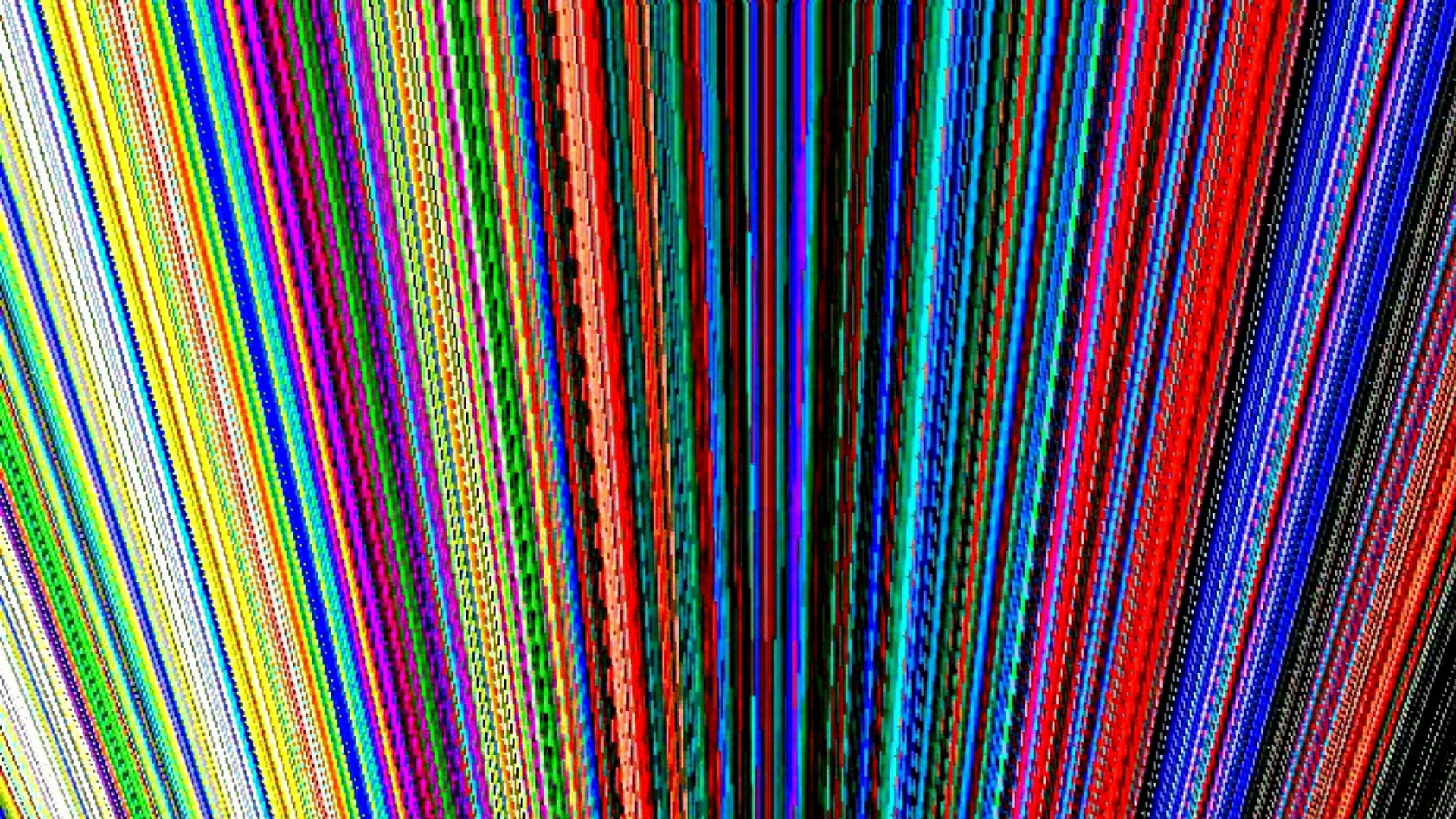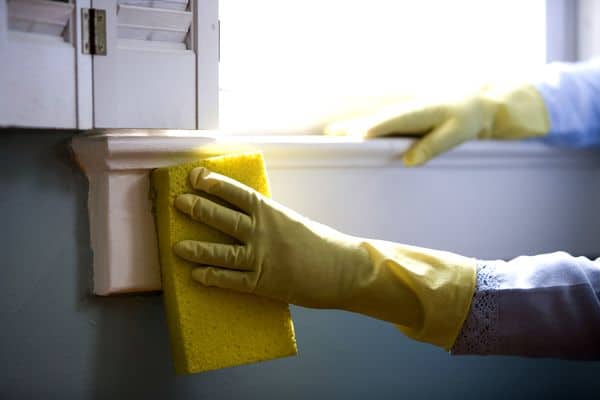A neutral color palette is a popular choice for living rooms as it provides a clean and timeless look. Shades such as beige, grey, and white not only create a serene atmosphere but also hide dirt and stains well. These colors are also versatile, making it easy to incorporate different decor styles and accents without clashing with the overall color scheme. To add depth and interest, consider layering different shades of neutrals, such as a cream rug on a light grey carpet, or incorporating textures like a faux fur throw on a beige couch.1. Neutral Color Palette
Camouflage colors, such as olive green, khaki, and brown, are not only trendy but also great for hiding dirt and stains. These colors are often used in military uniforms because they blend in with natural surroundings and are difficult to spot. Similarly, in a living room, these colors can hide dirt and stains well, especially if you have kids or pets around. You can incorporate these colors through accent pieces like throw pillows, a rug, or even a statement wall.2. Camouflage Colors
Earth tones, such as warm browns, deep greens, and rich terracottas, not only add a cozy and inviting feel to a living room but also help to conceal dirt and stains. These colors are inspired by nature and are great for creating a warm and welcoming atmosphere. You can incorporate earth tones through furniture pieces like a brown leather couch, a green velvet armchair, or even through wall paint. To add a touch of sophistication, incorporate metallic accents like copper or gold.3. Earth Tones
While it may seem counterintuitive, dark colors, like navy blue, charcoal grey, and deep burgundy, can actually help to hide dirt and stains in a living room. These colors are not only elegant and modern but also have the ability to absorb light, making any dirt or stains less noticeable. However, it is important to balance out dark colors with lighter shades to avoid making the room feel too gloomy. Consider incorporating light-colored accents like a white coffee table, a cream rug, or a light grey throw blanket.4. Dark Colors
Choosing colors with low contrast, such as light greys and whites, can also help to hide dirt and stains in a living room. These colors have a subtle difference in hue, making it difficult for the eye to detect any imperfections. This is especially helpful if you have kids or pets who may cause spills or dirt on a regular basis. To prevent the room from looking too bland, add pops of color through accessories like throw pillows, artwork, or a statement rug.5. Low Contrast Colors
When choosing furniture for your living room, consider fabrics that are stain-resistant, such as microfiber, leather, or outdoor fabrics. These materials are easier to clean and can withstand spills and stains without leaving a permanent mark. Additionally, they can also help to hide any dirt or stains that may occur. However, it is still important to clean up spills and stains as soon as they happen to avoid any long-term damage to your furniture.6. Stain-Resistant Fabrics
While glossy finishes can add a sleek and modern touch to a living room, they can also make dirt and stains more visible. Opting for matte finishes on furniture and decor can help to minimize the appearance of any imperfections. This is because matte finishes do not reflect as much light, making it harder to spot any dirt or stains. Consider incorporating matte finishes through furniture pieces like a coffee table, side tables, or even wall paint.7. Matte Finishes
Patterns that incorporate multiple shades and tones, such as a herringbone or chevron pattern, can also help to hide dirt and stains in a living room. This is because the eye is drawn to the pattern rather than any imperfections on the surface. Additionally, these patterns can add visual interest and texture to a room, making it feel more dynamic and inviting. You can incorporate multi-tonal patterns through rugs, throw pillows, or even wallpaper.8. Multi-Tonal Patterns
Natural light not only adds a warm and inviting atmosphere to a living room but also helps to hide any dirt or stains. This is because natural light can make imperfections less noticeable, especially if you have lighter-colored walls or furniture. To maximize natural light in your living room, keep windows unobstructed and use light-colored curtains or blinds that allow light to filter through. You can also incorporate mirrors to reflect natural light and make the room feel brighter and more spacious.9. Natural Light
Finally, one of the best ways to hide dirt and stains in a living room is to choose surfaces that are easy to clean. This includes materials like hardwood or laminate flooring, which can easily be swept or mopped, and non-porous countertops that can be wiped down with a damp cloth. Avoid materials like shaggy rugs or textured walls, which can trap dirt and make it difficult to clean. By choosing easy-to-clean surfaces, you can ensure that your living room stays looking fresh and clean for longer.10. Easy-to-Clean Surfaces
The Importance of Choosing the Right Living Room Color Scheme

Creating a Beautiful and Low-Maintenance Home
 When it comes to decorating your home, one of the most important decisions you will make is choosing the right color scheme for your living room. Not only does the color scheme set the overall tone and aesthetic of your home, but it can also have a significant impact on the level of maintenance and upkeep required. This is especially important for high-traffic areas like the living room, where dirt and stains can easily accumulate. By selecting a color scheme that hides dirt, you can maintain a beautiful and clean living space without constantly worrying about imperfections.
When it comes to decorating your home, one of the most important decisions you will make is choosing the right color scheme for your living room. Not only does the color scheme set the overall tone and aesthetic of your home, but it can also have a significant impact on the level of maintenance and upkeep required. This is especially important for high-traffic areas like the living room, where dirt and stains can easily accumulate. By selecting a color scheme that hides dirt, you can maintain a beautiful and clean living space without constantly worrying about imperfections.
Neutral Colors: The Perfect Solution
 While bold and vibrant colors may be tempting, it is important to consider the practicality of your color choices. Neutral colors, such as beige, gray, and taupe, are not only versatile and timeless, but they also have the added benefit of disguising dirt and stains. These colors have the ability to mask any imperfections, making them the perfect solution for a low-maintenance living room.
Beige
is a popular choice for living room color schemes as it creates a warm and inviting atmosphere. Its light and airy tone can easily hide dirt, making it a practical yet stylish choice.
Gray
is another versatile color that can work well in any living room. It has the ability to hide both light and dark stains, making it a great option for families with children or pets.
Taupe
is a timeless color that can add a touch of elegance to any living room. Its muted tone is perfect for hiding dirt and imperfections, making it a popular choice among homeowners.
While bold and vibrant colors may be tempting, it is important to consider the practicality of your color choices. Neutral colors, such as beige, gray, and taupe, are not only versatile and timeless, but they also have the added benefit of disguising dirt and stains. These colors have the ability to mask any imperfections, making them the perfect solution for a low-maintenance living room.
Beige
is a popular choice for living room color schemes as it creates a warm and inviting atmosphere. Its light and airy tone can easily hide dirt, making it a practical yet stylish choice.
Gray
is another versatile color that can work well in any living room. It has the ability to hide both light and dark stains, making it a great option for families with children or pets.
Taupe
is a timeless color that can add a touch of elegance to any living room. Its muted tone is perfect for hiding dirt and imperfections, making it a popular choice among homeowners.
Adding a Pop of Color
 While neutral colors are the best option for hiding dirt, it doesn't mean you have to sacrifice color in your living room. You can still add a pop of color through accents and accessories, such as pillows, rugs, and wall art. These elements can add personality and style to your living room without compromising the low-maintenance aspect of your color scheme.
In conclusion, choosing the right living room color scheme is crucial for creating a beautiful and low-maintenance home. By opting for neutral colors, you can easily hide dirt and stains while still maintaining a stylish and inviting living space. Don't be afraid to add pops of color through accents and accessories, and you will have a living room that not only looks great but is also easy to maintain.
While neutral colors are the best option for hiding dirt, it doesn't mean you have to sacrifice color in your living room. You can still add a pop of color through accents and accessories, such as pillows, rugs, and wall art. These elements can add personality and style to your living room without compromising the low-maintenance aspect of your color scheme.
In conclusion, choosing the right living room color scheme is crucial for creating a beautiful and low-maintenance home. By opting for neutral colors, you can easily hide dirt and stains while still maintaining a stylish and inviting living space. Don't be afraid to add pops of color through accents and accessories, and you will have a living room that not only looks great but is also easy to maintain.






:max_bytes(150000):strip_icc()/MyDomaine_ColorPalette-Neutral-1-fe9a91dcf8814904a630a0d928216bcd.jpg)
/MyDomaine_ColorPalette-Neutral-2-3590678b1c9143e28dd6b536f0a1e008.jpg)




.jpg/1200px-CADPAT_digital_camouflage_pattern_(Temperate_Woodland_variant).jpg)


































/Color-Contrast-Chart-59091b973df78c9283e31928.jpg)






































































